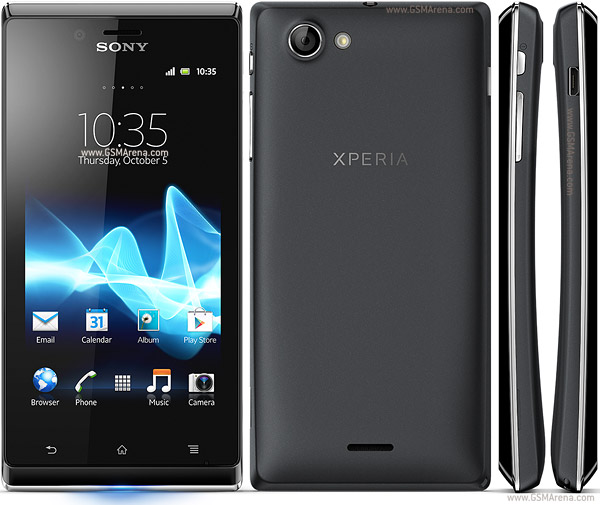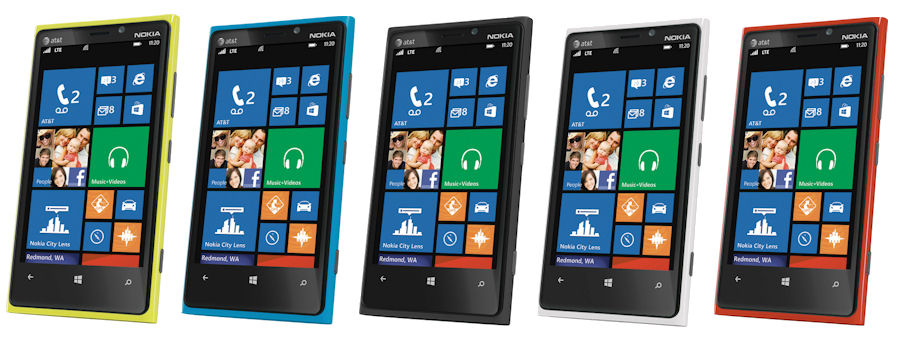Introducing HERE Maps for iOS
We’re making HERE Maps available in the Apple App Store: iOS users can more easily access our rich mapping experience with a single tap on their home screen. The app has been developed with the same HTML5 technology that powers the mobile web and is therefore very versatile and optimized for mobile use.
With HERE Maps for iOS you can get smart directions to navigate your way around town, whether you’re driving, walking or taking public transportation, so let’s have a closer look at all the features available.
What is HERE Maps for iOS?
With HERE Maps for iOS you can save an area to your device, so you can explore even without data coverage. You can save an area in advance and use it later at up to 4 different zoom levels.
Since you don’t walk on the same routes you drive, HERE Maps for iOS gives you dedicated voice guided turn-by-turn walk navigation that guides you along the best route for walking there: pedestrian routes, through parks, down alleyways, and more. With voice navigation, you will spend less time looking at your phone and more time enjoying getting there.
Because HERE Maps for iOS has been designed for urban use, the voice navigation only works for journeys on foot. However, there’s also public transportation and driving directions in over 500 cities and you can make transfers easily with detailed public transport connections. With live traffic information and incident notices, you know where the traffic is, so you can spend less time driving there and more time being there.
With HERE Maps for iOS you can organize favourite places by categories such as “Hip Bars” or “Cheap Eats” and sync them withHERE.com so you can build your personal map on the go and easily find them again.
For instance, you can add a place to your favourites on your phone and post a review when you get home: wherever you are, you’re always in sync. This feature is very easy to use because you can sign-on with your Nokia or Facebook accounts.
On an iPad you can also see the top 25 places nearby at a glance: HERE Maps automatically displays up to 25 best places near you in a scroll window at the bottom of the screen. Simply tap a place and get all the details or scroll down and filter your results by category (shopping, going out, sights and more).
Whether you’re making plans for later or just want to share a great new find, HERE.com lets you share locations with just a tap, including how to get there, with a simple link sent over SMS, email, or social networks.
Introducing HERE Maps for Firefox OS
Because one of the main attributes of HERE is its openness, we’re also partnering with Mozilla to create new location experiences for Firefox OS. In the coming months, we will introduce HERE Maps for Firefox OS and we’ll continue working, together with Mozilla, to give people the best mapping experience on the OS.
One more thing… HERE Android API
HERE Maps for iOS and Firefox OS are not our only effort to give everyone the ability to use the best location platform in the world. Today, we’re also introducing HERE Maps API for Android, which will made available to partners in the next months.
In apps built with the HERE Android API, users will be able to interact with extruded 3D buildings, search for specific buildings and preview their routes in detail to more realistically show where they’re going.
To showcase what partners can offer when they build Android apps with our HERE API, we have prepared a reference app in the following video.





















.jpg)










.gif)



















